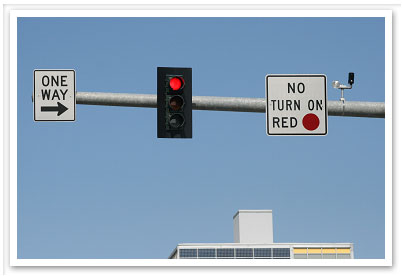
Imagine this: you’re running late to work and just know your boss is going to have something to say about it. Your route is relatively short, but today of all days, you catch every red light. As you approach the third yellow light in a row, you have a choice to make: slow down or speed up. You’re not sure if you can make it through the intersection before the light changes to red, but you’re pretty sure no one on the cross streets will hit you if you run the light. At least, that’s what you hope for. What do you do?
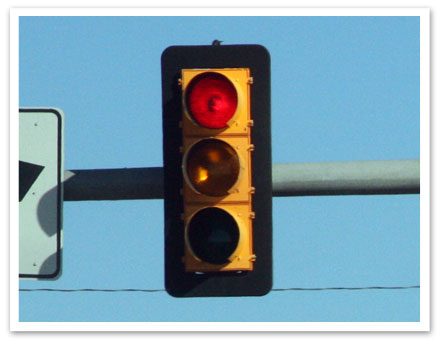
Chances are, you’ve seen someone run a red light in the past—you may even be guilty of it yourself. Here’s a chilling statistic: according to the AAA Foundation, more than two people are killed every day in the US by drivers running red lights. You might have heard on the news that deaths caused by drivers running red lights are the highest they’ve been in 10 years. The most recent data available is from 2017, and it shows that 939 people were killed in crashes caused by a driver running a red light that year. Around 35% of those killed were the ones who ran the red light. The data also shows 46% of those killed were passengers or people in other vehicles, and over 5% of victims were pedestrians. That means half of those killed weren’t the ones who made the illegal decision to run a red light, yet they still lost their lives.
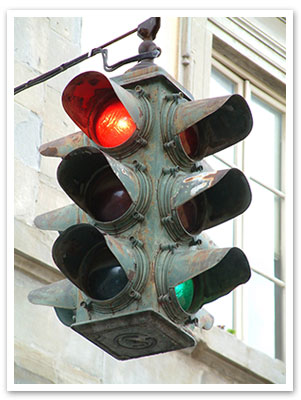
The truth is, red light deaths are preventable. Let’s look at three ways we can all help prevent red light deaths.
1. Pay attention to steady lights.
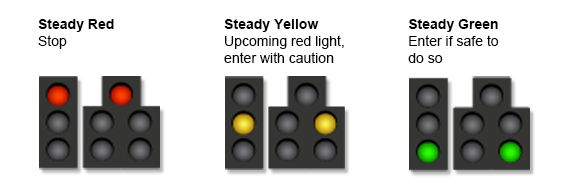
If you’re ever tempted to speed through an intersection to "beat" a red light, reconsider. The steady yellow light means "caution," not "hurry up." When you see a steady yellow light, prepare to stop before entering the intersection, as long as it’s safe to do so. If you can’t stop safely, keep driving through the intersection, but do so with caution. Yellow lights are timed to give you plenty of time to stop, as long as you’re going the speed limit. You should be able to stop as long as the light turns yellow right before you reach the intersection. If you see a steady red light, STOP, no matter how late to work you are.
Make sure you are extra careful when you approach an intersection with a yellow arrow. The yellow arrow lets you know that your right-of-way turn is about to end. If you’re already in the intersection, you can turn with caution, but otherwise, stop. Don’t enter the intersection when the arrow is yellow. This is especially dangerous at left turns, because people have a habit of turning even after the light is red, putting themselves and others in danger.
2. Use extra caution at flashing lights.
Here’s a quick breakdown of how to respond to flashing lights:
- Flashing red light: Treat this like a stop sign. You must come to a complete stop and observe proper right-of-way rules just as you would at a stop sign. Do not enter the intersection until it’s safe to do so.
- Flashing red arrow: Again, treat this like a stop sign. You may turn in the direction of the flashing red arrow, but only after you’ve come to a complete stop and followed right-of-way procedures.
- Flashing yellow light: Slow down and drive cautiously through the intersection. Yield to traffic already in the intersection.
- Flashing yellow arrow: This arrow is designed to improve traffic flow and lets drivers know they must proceed with caution. A flashing yellow arrow lets you know that you may make a left turn as long as there’s enough of a gap in oncoming traffic for you to make the turn safely.
Note: If traffic signals are not working, stop and follow the procedures used at an intersection controlled by a four-way stop.
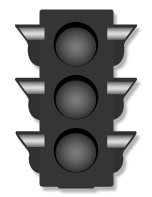
3. Stay alert.
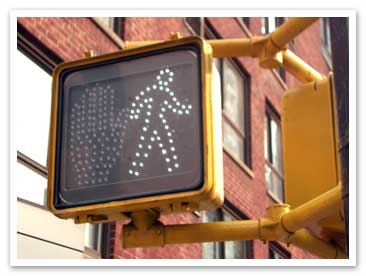
Remember, 5% of those killed at red lights in 2017 were pedestrians or cyclists. As a pedestrian, you must always be alert. Never assume you’re safe to cross the street as long as you have a "walk" signal. Wait a few seconds before crossing to make sure all cars have stopped. If you can, make eye contact with vehicles before entering the crosswalk, and never cross in the middle of the street. Avoid playing loud music in your headphones, because you want to be able to hear if a vehicle uses their horn.
As a driver, you should always be on the alert for potential hazards and actively look for ways to keep you and your vehicle safe. Do not use an intersection as an excuse to text and drive. According to the National Highway Traffic Safety Administration, distracted driving claimed 3,166 lives in 2017. Don’t contribute to this statistic.
Like we said, the truth is, we can all do our part to reduce red light deaths. If you would like to learn more about defensive driving, consider taking one of our courses! Please check out our website to see what courses we offer in your state.